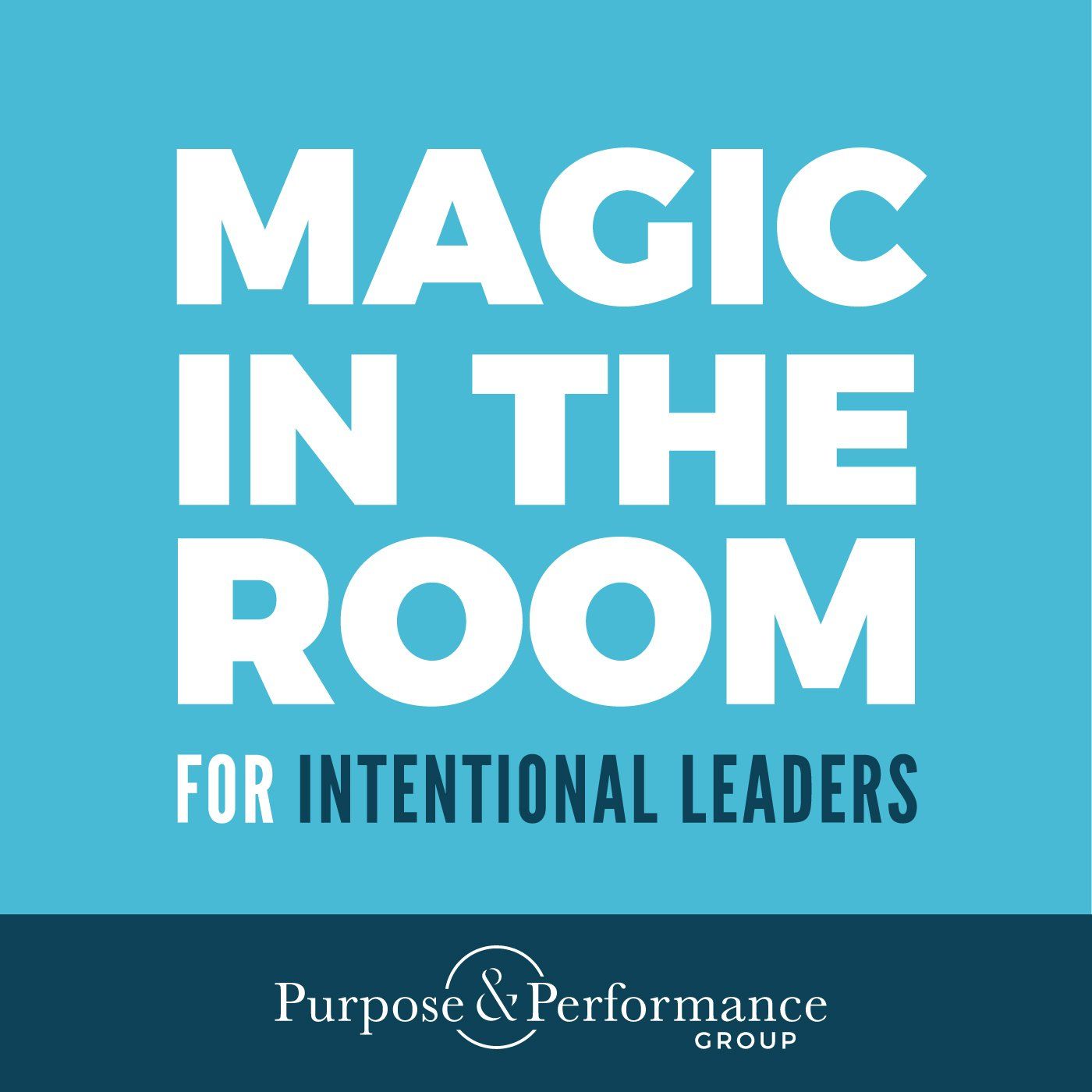Magic in the Room #41: Purpose, Profit & the Role of Service
Developed in the 1990s by James Heskett, the Service-Profit Chain is a business management model that links employee satisfaction to customer loyalty and profitability. It is a framework that shows the interrelationships of a business ecosystem, where revenue growth is an outcome of a chain of processes that begins with a clearly articulated shared purpose.
In this episode, Chris, Hannah, and Luke discuss how this model, when applied intentionally, leads to greater outcomes in today’s business environment.
Hannah discusses how we care about companies that we feel care about us. When employees show that they care about their customers, we also feel like the company cares. It’s crucial to recognize that how we treat the people in our organizations is precisely how employees will treat our customers.
For Hannah, it’s all about living by your purpose. We are often surrounded by a collection of highly talented individuals. The magic in the room occurs when a group of people has a primary mutual focus. Not because they have to, but because they want to and because it feels meaningful. Hannah reflects on the golden moments that she has witnessed the turnaround in their client’s organizations when they have successfully helped them make that transition.
Luke talks about the ROI in changing the employee experience and helping them feel and perceive that internal service quality in reaching those higher levels of employee engagement. But he warns there must be a clear narrative around it. These are just a few reasons why the hosts always walk people through their service-profit chain journey. What many leaders think they should be doing is often very different from the next project that should be on their roadmap.
The organizational participation piece is a critical component. When we see our leaders participate in the things they say they value, we believe in them. When we see our leaders say something is important and instruct everyone to attend a training session, but don’t attend themselves, it sends out the wrong message. It must be demonstrated by all leaders and supervisors at every layer in the organization for it to work.
The service-profit chain establishes relationships between profitability, customer loyalty, employee satisfaction, loyalty, and productivity. But it will always begin with a clearly articulated shared purpose. It’s easy to rush into solution mode and ask how long until I get results? You might see results within 60 or 90 days, but it can take up to 18 months to make a meaningful difference. Chris advises your journey’s speed will depend on the level of your intention and what goals you want to reach.
Cultivating a shared belief system and energizing mindset around how everyone acts in your business will take time. It’s a journey rather than a destination, and you will learn many lessons along the way. We invite you to share your stories, insights, and experiences with the service-profit chain by messaging Chris, Hannah, and Luke at info@purposeandperformancegroup.com.
The post Magic in the Room #41: Purpose, Profit & the Role of Service appeared first on Purpose and Performance Group.


